What is Vinyl Matt Paint? A Comprehensive Guide

DIY DOJO is reader-supported. We may earn an affiliate commission when you buy through links on our site. Find out more.
Are you looking to revamp your living space with a fresh coat of paint but feeling overwhelmed by the different types of paint available? Look no further than Vinyl Matt Paint! If you’re not already familiar with it, Vinyl Matt Paint is a type of emulsion paint that has been formulated to provide a smooth, matte finish that’s perfect for modern interiors.
This type of paint is highly versatile and can be used on a variety of surfaces, including walls, ceilings, and even woodwork. So, if you’re searching for high-quality paint that will give your home a stylish and contemporary feel, Vinyl Matt Paint may be just what you need.
Let’s dive deeper into the world of what is Vinyl Matt Paint and discover why it’s such a popular choice among homeowners and professional decorators alike.
Vinyl matt paint vs matt
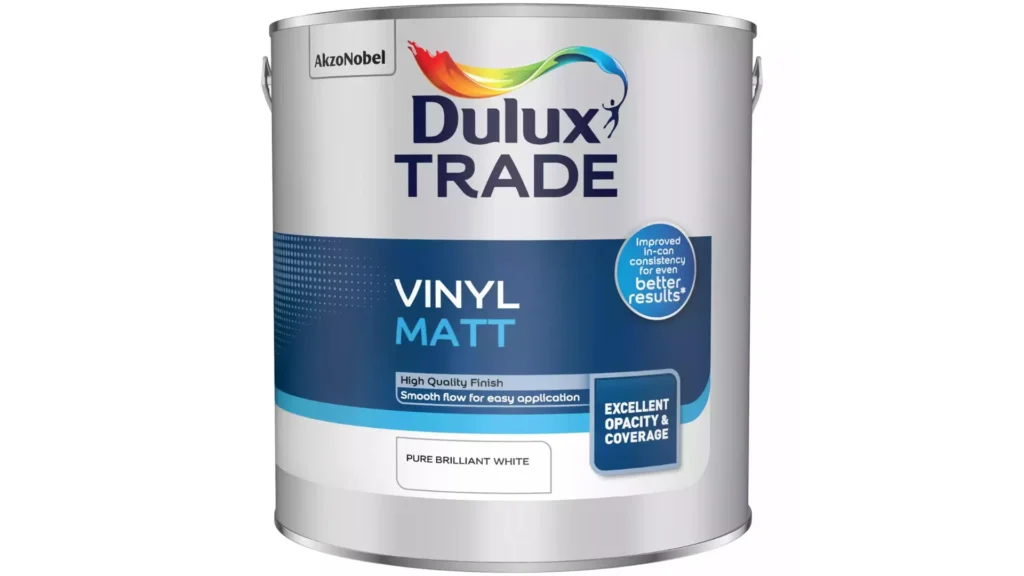
Vinyl matt paint and matt paint are both popular types of interior wall paint. The main difference between the two is the type of resin used in their formulation. Trade vinyl matt paint contains a vinyl copolymer resin, while matt paint typically contains an acrylic resin.
Vinyl copolymer resins are known for their excellent durability, resistance to moisture, and easy cleanability, making vinyl matt paint a great choice for high-traffic areas or rooms with high humidity, such as bathrooms or kitchens. On the other hand, acrylic resin is known for its flexibility and ability to resist cracking and peeling, making it a good choice for areas that require frequent touch-ups or for older walls with cracks or imperfections.
Overall, both vinyl matt paint and matt paint have their own unique properties and advantages. The choice between the two ultimately depends on the specific needs and requirements of the project.
Is vinyl matt shiny?
Vinyl matt, also known as vinyl matte emulsion paint, is a popular type of interior wall and ceiling paint. It is known for its smooth and reflective finish, which helps to hide imperfections on walls and ceiling surfaces. However, there is often confusion about whether vinyl matt paint has a shiny or glossy appearance.
The short answer is that vinyl matt paint does not have a shiny or glossy finish. This durable matt paint however is designed to have a flat or matte finish, which means it has a low sheen and does not reflect light in the same way as glossier paints. This makes it ideal for use in areas that do not require a lot of light reflection, such as bedrooms, living rooms, and hallways.
How to apply vinyl matt paint?
Vinyl matt paint is a popular and versatile paint that can give your walls a smooth, flat, and non-reflective finish. This water-based paint is a great option for those looking for a low sheen and understated elegance in their interiors. Applying vinyl matt paint is a simple process, but it requires some care and attention to detail. In this guide to vinyl matt paint, I’ll take you through the steps to achieve a flawless finish and make your walls look like they were painted by a professional.
Step 1: Preparation is Key
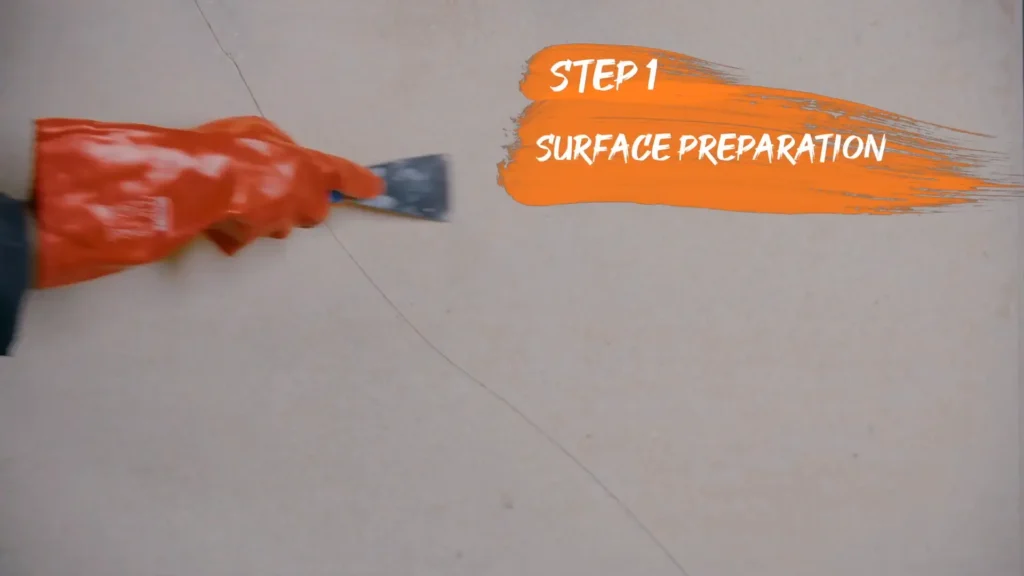
Before you start painting, make sure to prepare the surface properly. This means cleaning the walls thoroughly to remove any dust, dirt, or grease. Fill any cracks or holes with a suitable filler and sand them down until they are smooth.
Step 2: Protect Your Surroundings
To avoid splashing or spilling paint on your floor or furniture, cover everything with a dust sheet or old newspaper. Use masking tape to protect any edges or trim that you don’t want to paint.
Step 3: Choose Your Tools and Paint

When it comes to painting, the quality of your tools and paint can make a big difference in the final result. Choose a good-quality vinyl matt paint and invest in a high-quality brush or roller to ensure an even application.
Step 4: Apply the Paint
Start by cutting around the edges of the room using a brush for excellent coverage. Use long, even strokes that make it easy to apply, and try to avoid overloading the brush with paint. Once you have cut in, use a roller to apply the paint to the rest of the wall.
Step 5: Finishing Touches
Once you have painted the entire room, leave it to dry for the recommended time on the paint tin. Once it’s dry, you may need to apply a second coat for a more durable finish. When you’re happy with the result, remove the masking tape and clean your tools thoroughly.
Difference between matt and vinyl matt emulsion
When it comes to painting your home, there are a variety of different paint finishes to choose from. Two of the most popular finishes are matt and vinyl matt emulsion, each with its own unique characteristics.
Matt emulsion:
Matt emulsion is a flat, non-shiny finish that is ideal for covering imperfections on interior walls and ceilings. It is perfect for creating a cozy and understated atmosphere in any room of the house. The texture of matt emulsion paint is slightly chalky, which makes it easy to clean with a damp cloth. However, it is not as durable as other types of paint and can be prone to fading and staining over time.
Vinyl matt emulsion:
On the other hand, vinyl matt emulsion is a more hard-wearing option, which makes it ideal for high-traffic areas such as hallways, kitchens, and bathrooms. It has a slightly glossy finish, which helps to reflect light and brighten up any space. Trade Vinyl matt emulsion paint is also more resistant to moisture and staining than traditional matt emulsion, making it a great choice for homes with children or pets.
Ultimately, the choice between matt and vinyl matt emulsion comes down to personal preference and the requirements of your space. If you are looking for a subtle, relaxed finish, then matt emulsion may be the way to go. But if you need a more durable option, then vinyl emulsion could be the better choice. Whatever you decide, both finishes are sure to give your home a fresh and modern look.
Is vinyl matt paint washable?
Vinyl matt paint is a popular choice for homeowners and decorators due to its durability and smooth, matte finish. But one question that often arises is whether vinyl matt paint is washable. The good news is that most vinyl matt paints are indeed washable, making them a practical choice for high-traffic areas such as kitchens and bathrooms.
This type of paint is resistant to stains and scuffs and can be easily cleaned with a damp cloth or sponge. Not only is vinyl matt paint practical, but it also offers a stylish and contemporary look that complements any decor. So if you’re looking for a low-maintenance, yet visually appealing option for your home, consider vinyl matt paint – it’s not only washable, but it’s also a versatile and attractive choice that will stand the test of time.
What is vinyl matt paint used for?
Vinyl matt paint is a versatile and popular choice for interior walls and ceilings. Its smooth, matt finish creates a sleek and modern look that complements any home decor. This type of paint is perfect for hiding imperfections on surfaces and providing a clean, fresh canvas for any decorating style.
Vinyl matt paint is also known for its durability and resistance to scuff marks and stains, making it an excellent choice for high-traffic areas such as hallways, living rooms, and bedrooms. With its ease of application and low odor, vinyl matt paint is a go-to for both DIY enthusiasts and professional decorators. Whether you are renovating or redecorating, vinyl matt paint is an excellent option for creating a stunning and long-lasting finish that will stand the test of time.
Conclusion:
In conclusion, vinyl matt paint is a versatile and popular choice for both residential and commercial painting projects. Its unique formulation allows it to provide a smooth, durable, and even finish that is resistant to stains, moisture, and abrasion.
Vinyl matt paint is an excellent option for those looking to achieve a modern, stylish, and long-lasting paint job. So whether you’re looking to transform your home’s interior or give your office a fresh new look, vinyl matt paint is a reliable and attractive choice that is sure to leave a lasting impression.


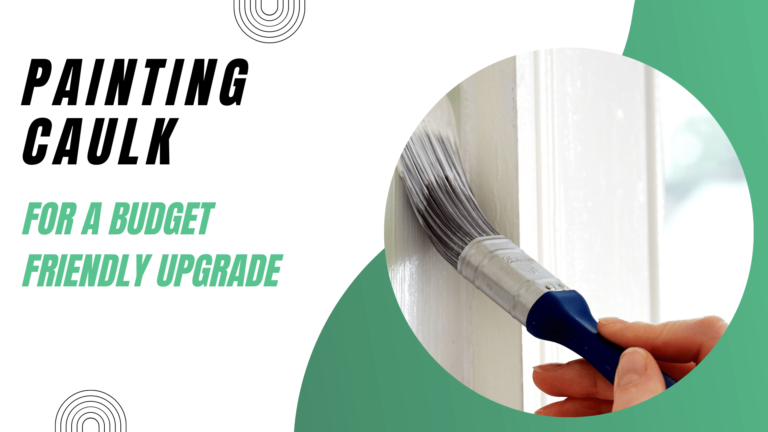
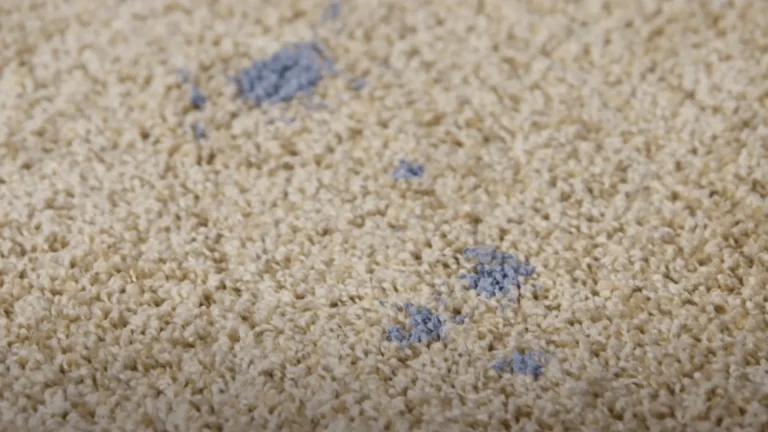
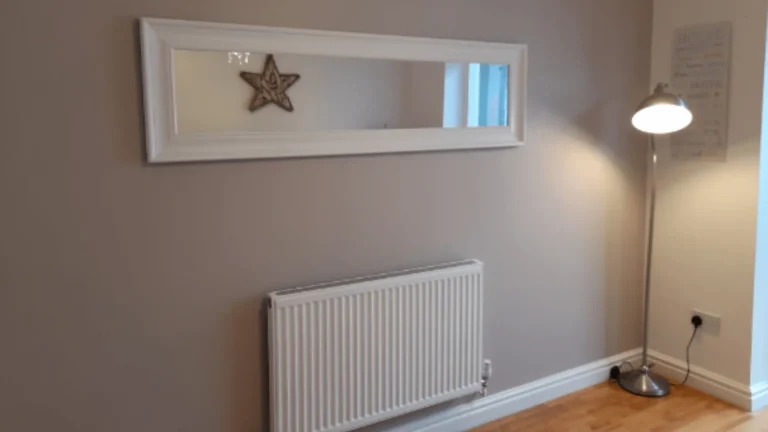

One Comment